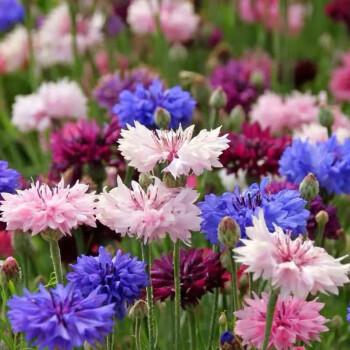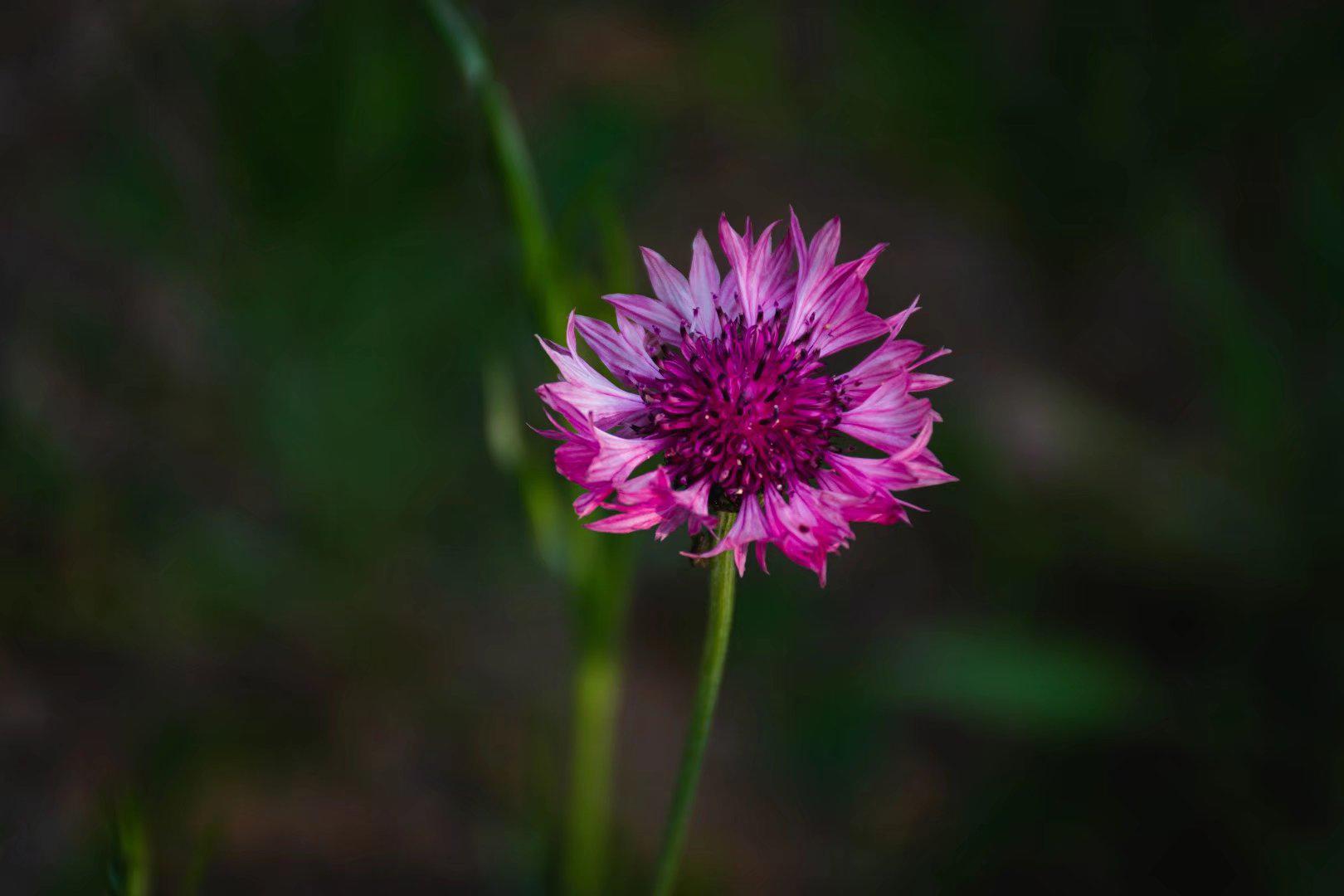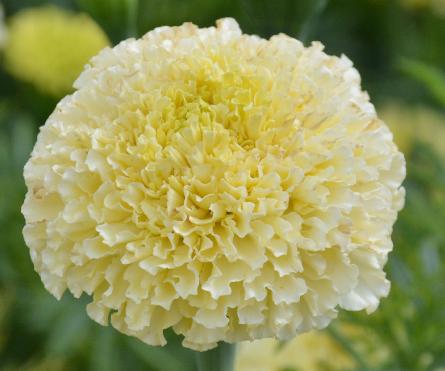Once upon a time, in a sunny meadow, there lived a small Carex plant. Despite its humble appearance, it possessed a secret power. This particular Carex had the ability to dance whenever it heard music. People from all around came to witness this enchanting sight. They believed that the Carex plant’s dance brought good luck and happiness. Eventually, word spread, and the meadow transformed into a lively dancing festival. From that day forward, Carex became a symbol of joy and celebration, reminding everyone that even the smallest creatures can bring magic into our lives.
Picture
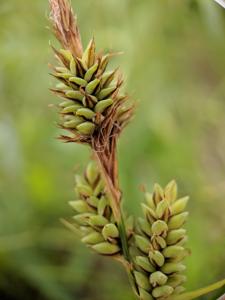
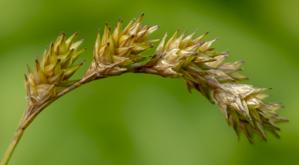
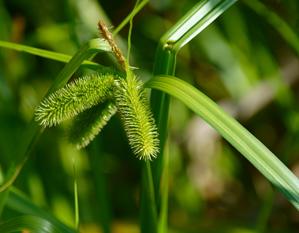
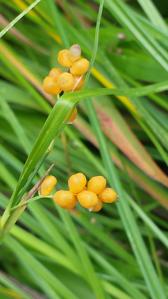
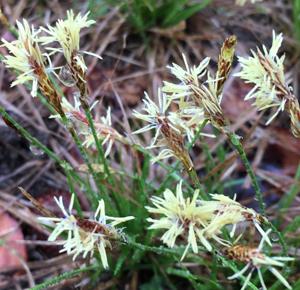
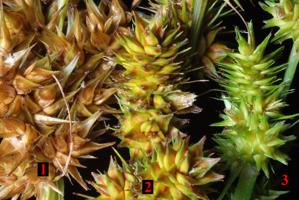


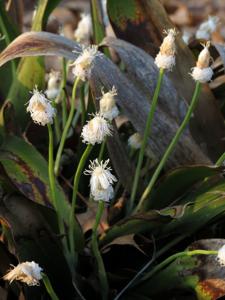
Plant some seeds now!
Short Description
Carex is a vast genus of nearly 2,000 species of grass-like plants in the family Cyperaceae, commonly known as sedges (or seg, in older books). Other members of the family Cyperaceae are also called sedges, however those of genus Carex may be called true sedges, and it is the most species-rich genus in the family. The study of Carex is known as caricology.
Description
All species of Carex are perennial, although some species, such as C. bebbii and C. viridula can fruit in their first year of growth, and may not survive longer. They typically have rhizomes, stolons or short rootstocks, but some species grow in tufts (caespitose). The culm – the flower-bearing stalk – is unbranched and usually erect. It is usually distinctly triangular in section.
The leaves of Carex comprise a blade, which extends away from the stalk, and a sheath, which encloses part of the stalk. The blade is normally long and flat, but may be folded, inrolled, channelled or absent. The leaves have parallel veins and a distinct midrib. Where the blade meets the culm there is a structure called the ligule. The colour of foliage may be green, red or brown, and “ranges from fine and hair-like, sometimes with curled tips, to quite broad with a noticeable midrib and sometimes razor sharp edges”.

